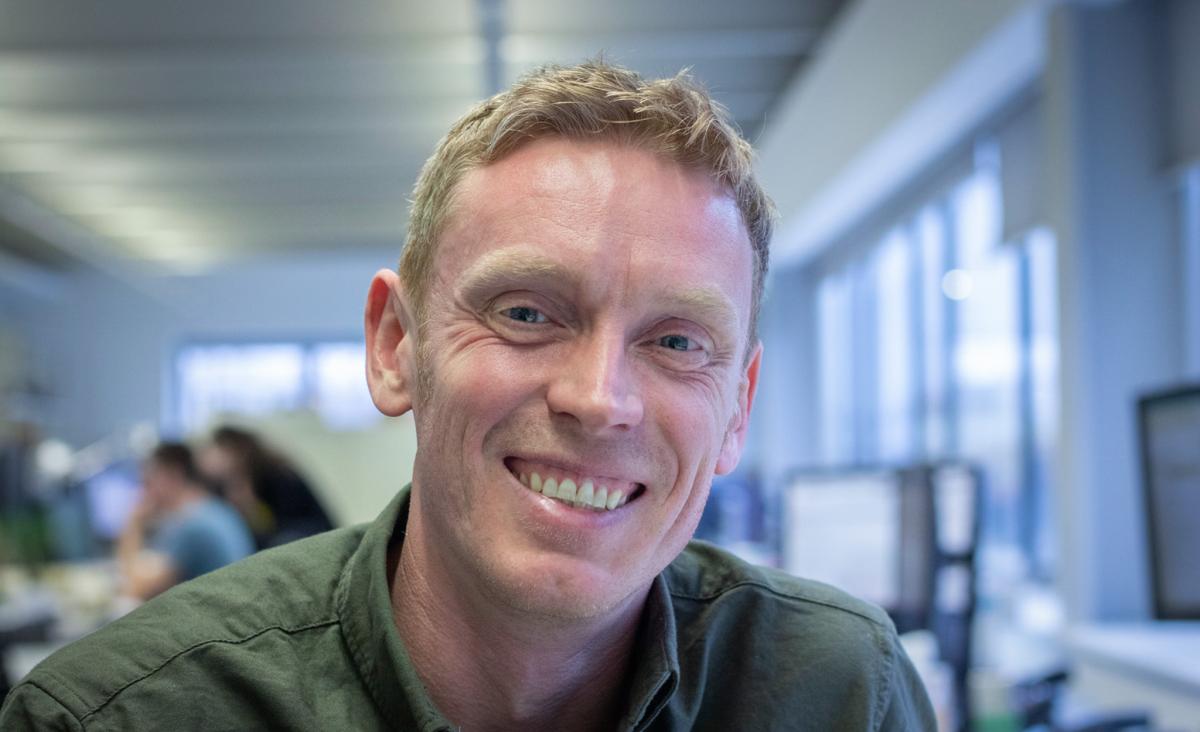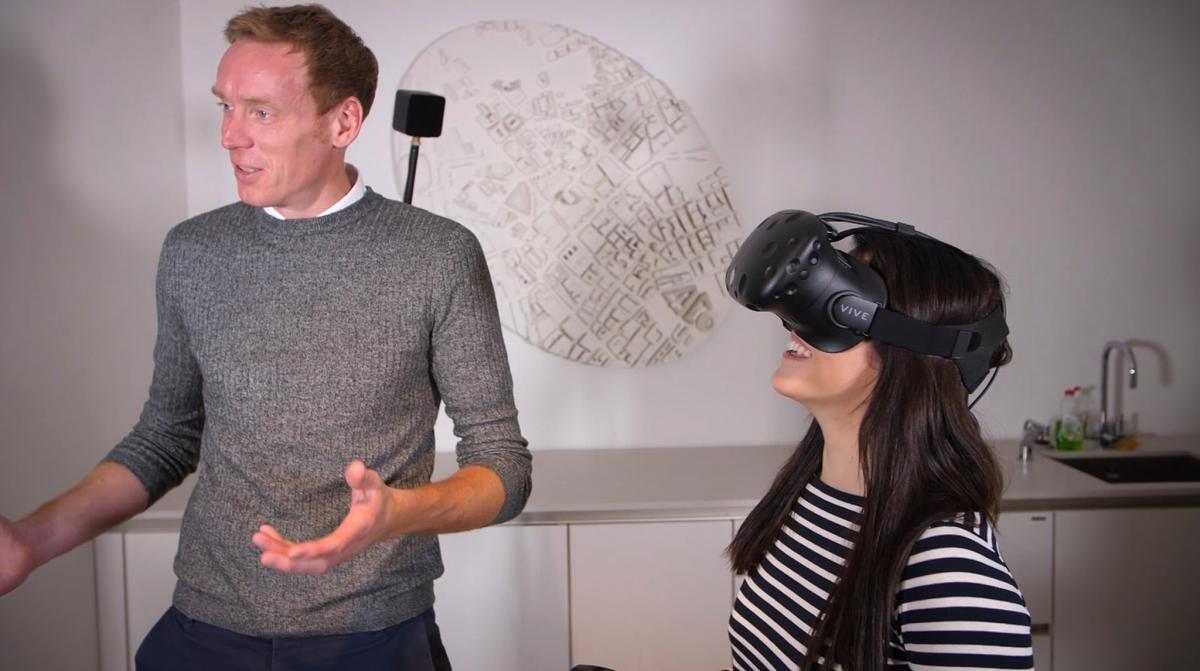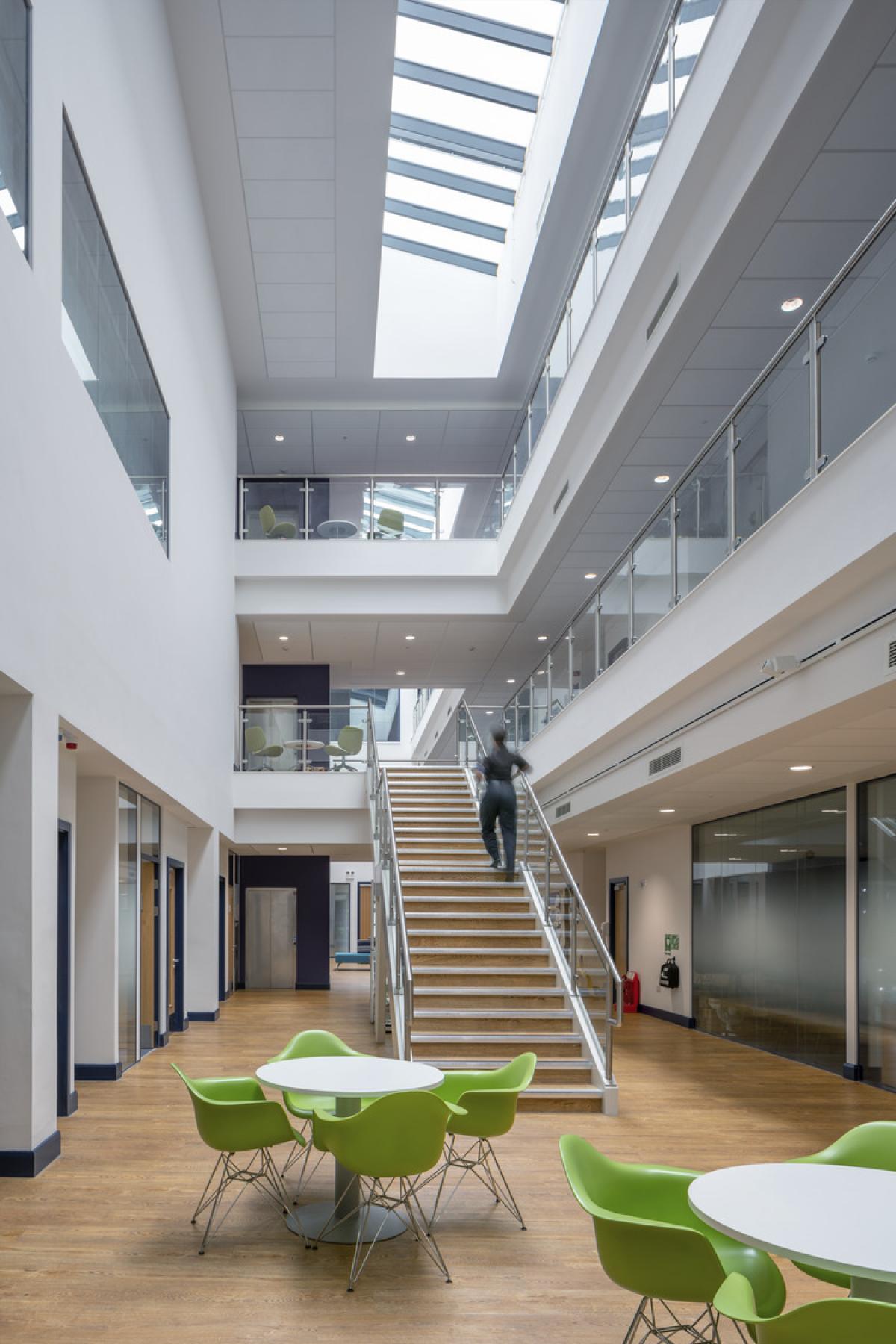
In our latest 'Behind the B', BIM Manager, Paul Thornborough, discusses his role at the practice and how technology influences and enhances the design process.
How did you become Buttress’ BIM Manager at Buttress?
I originally trained as an architectural technologist, having always had a love of putting things together and seeing how things work.
A few years into my career, I joined a company that was very progressive in its use of BIM at the time, and it was while I was there that I became really interested in the modelling aspect of construction and how different software and technologies can be used to communicate a design.
I became Buttress’ BIM Manager around three years ago and work with teams across the studio to implement BIM within their projects, as well as being responsible for staff training and managing which applications, workflows, and BIM standards will be used throughout the practice. Currently, this includes working towards BIM Level 2 maturity and putting in place the naming conventions and protocols that will be required to gain that accreditation.
What do you enjoy most about your role?
I like that I’m never doing the same thing, day in, day out. One week I could be working on a masterplan, advising on the best modelling principles for house types and layouts. The next week, I could be looking at rolling out new software and testing its capabilities for our work or liaising with our IT department to ensure that our equipment is able to support the latest software iterations.

What do you think people need to know about BIM and its uses and value in design and construction?
I think that the value of BIM is huge. From improving design coordination to managing building performance to construction sequencing – it influences every stage of the design process.
Something that we’ve found particularly valuable is its ability to visually communicate proposals to stakeholders during the consultation process. Key to most large-scale projects is securing the support of stakeholders. However, most people aren’t trained to understand spatial relationships by simply reading architectural drawings or examining 3D models, which can make it difficult for some to provide workable feedback.
On several projects, we’ve imported BIM models into our VR equipment to allow people to virtually explore a model and take a physical reading of the space. This helps open lines of communication that aren’t complicated by translating technical drawing and allows the design process to benefit from enhanced and more concise feedback.
Where access to our VR lab isn’t possible, another great tool is to provide stakeholders with scannable QR codes, which opens up the possibility of augmented reality on mobile devices. This is invaluable in allowing us to communicate viewpoints from strategic locations on a site walkaround, prior to the ground even being broken.
In what ways will technology change the design and construction process in the future?
To gain the full benefit of BIM, all members of the design team need to work together and share up to date information. As BIM technology advances, I think we will see improvements made that allow collaboration between disciplines to become easier and more streamlined.
Products such as BIM 360 are already making progress in this respect, providing a central, collaborative, cloud-based model accessed by all disciplines of the design team. Models will also be used more extensively for all stages of a project’s lifecycle – particularly in the construction stage, from take-off of quantities to asset management along with 4D planning. Utilisation of mobile solutions to connect the field will also become more widespread.

Do you have a favourite project and why?
If I had to pick one, I would say the Eastern Command and Custody Centre, a new police headquarters in Wrexham, North Wales.
Designed for use by up to 200 members of staff and officers, the building included office space, van docks, interview rooms and a 32-cell custody suite. Every aspect of the building was modelled and managed in BIM from the acoustics to the level of security required for different areas within the building. The project also involved carrying over a large amount of legacy furniture and integrating that into the new design. To aid with the transition, we put the model into our VR equipment and were able to walk the client through the space, allow them to make an informed decision as to where items should be situated.
There are also some heritage projects where we have used BIM to underpin proposals, explore potential harmful impacts, and provide justifications for new interventions. Probably the best example of this is the redevelopment of the King’s Gate at World Heritage Site, Caernarfon Castle. Here, BIM has been used to support the creation of a Heritage Impact Assessment and was a critical tool in enabling the team to develop informed and sensitive proposals for what is a highly significant and complex site.
What do you enjoy most about working at Buttress?
I like that there is such variety in the projects we’re involved in. Across the studio we have people working on castles, offices, houses and hotels, all producing amazing architecture. It is a real pleasure to be part of the team and to have a role in the development and delivery of such exciting schemes.
There’s also a brilliant atmosphere in the studio which makes it a really friendly and enjoyable place to work.

Paul Thornborough
Paul is responsible for developing and implementing our BIM strategy and capabilities.

